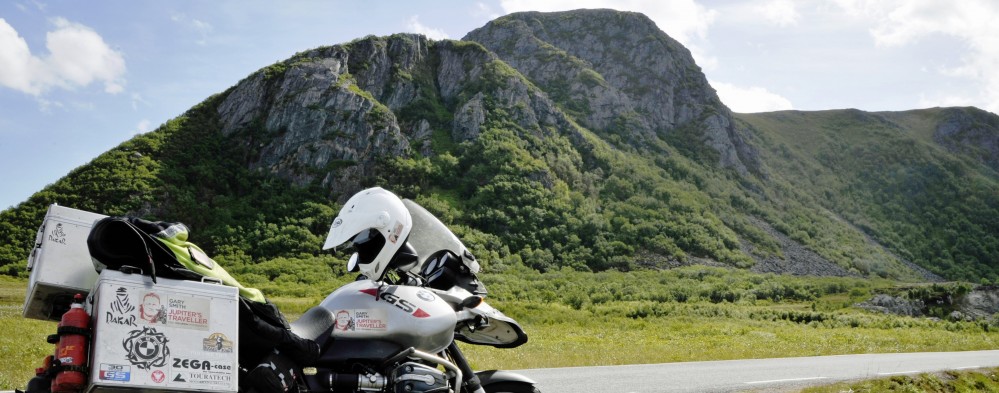Riding south from Ravaniemi on the E75, I spotted a small side turning leading east marked Tervola and slipped quickly of the rough north south route, into the unknown. The brilliant sunshine glimmered of the the new bridge over the Kemi, as I stopped in the shade of the Kirk. Finland’s wartime past is not widely publicised but knowing the Russian pacts and advance from the east and the Finnish resistance and the earlier Lapland War, the number of German and Finnish war graves with similar dates reinforces the strategic importance of this river crossing in 1944.
Tag Archives: WWii
View from the bunker
The deeper I go into Slovenia, Croatia and Hungary the more old cold war bunkers and military outposts I find. Wish I had more time to explore some of the remnants which are both fascinating but also exceptionally “creepy”. Without exception they seem to be in excellent preserved condition with little signs of vandalism and just succumbing to the ravages of nature with tree roots growing through feet think concrete walls enhancing the dereliction. I could spend weeks in these areas alone, just meandering through the countryside and borders, looking at these historic sites but sadly time in limited – and the west is calling me again.
The Alpine Wall and the Woods
Riding off the main highway today around the back roads on the Slovenia / Italian border I came across an abandoned fortification which was once part of the great Alpine Wall. This fortification was built in the lead up to WWII at the order of Benito Mussolini to protect Italy from her neighbhours the defences comprises two central areas with bunkhouses and kitchens and two opposing circular machine gun posts with metal fixings for heavy machine guns giving a possible almost circular field of fire. Although the main doors had been removed to this Type A Zone of Resistance fortification I could clearly envisage the determination required to get through the two blast doors and the meters of reinforced concrete.
LightVessel LV72 – Juno
Catching occasional glimpses of a famous merchant vessel used to guide the way for ships during the D Day landings, I meandered around the tracks and back roads of Skewen before finally ending up on the waters edge alongside the River Neath. Perched in the mud was LV72 – Juno. Built in 1903 by John Crown and Sons in Sunderland this lightship is now ‘rusting and resting’, embedded in the sticky estuary mud and, to be honest, is a sad sight. Having been a lightship for Trinity House she was moored off the Normandy coast on 18th June 1944 and was used to mark the edges of minefields and give safe passage – remaining on station until 27th January 1945. In the spring of 1973 she was sold and after plans for a nightclub conversion failed, she now sits on the bank slowing eroding back into her surroundings.

The Iron Harvest
I had heard about the ‘Iron Harvest’ before visiting the WW1 battle fields but have been shocked at the sheer volume of shells casings and shrapnel fragments all over the landscape. The urge to walk into a field and look for “rusty bits” like lumps of iron shell casing, shrapnel balls or bits of equipment is hard to resist. Although the fighting in the northern front stopped over 90 years ago, there is still a large quantity of WW1 ammunition, artefacts and explosives in the Salient. During World War I an estimated one tonne of explosives was fired for every square metre of territory on the Western front and as many as one in every three shells fired did not detonate. In Ypres an estimated 300 million of the 1.4 billion projectiles that the British and the Germans forces fired at each other during World War One failed to explode and most of them have not been recovered. Today I was advised that in 2013 alone 160 tonnes of munitions were unearthed from the areas around Ypres.



